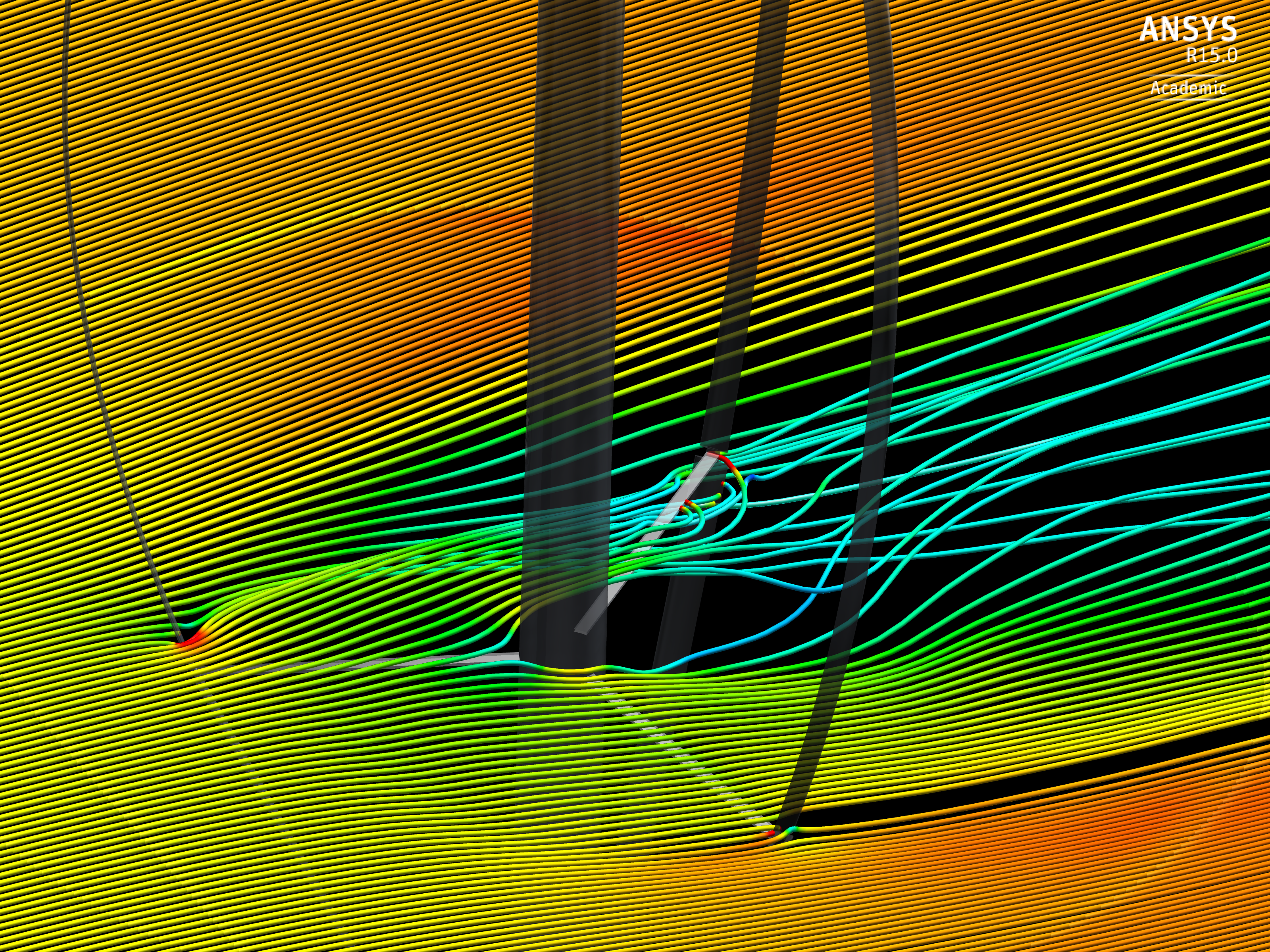Machine Learning for Energy Technology
The Machine Learning solution
ML has been buzzing in the media for some time already. As we matured into it, we learned that methods relying solely on data (so called data-driven ML) are not adequate to tackle most of today's energetic challenges. Data-driven ML (DML) ignores the hard earned knowledge that we have about our technologies. This is because our knowledge does not come in a format that DML can readily use. ML that exploits this knowledge is called mechanistic, physics informed, or scientific.
Scientific ML (SciML), having more information to exploit, require less data to achieve acceptable performance, when compared with DML. SciML is easier to interpret and easier to transfer to different scenarios than their data-driven counterparts. Also SciML generalizes better to situation not present in the training data (so called out-of-distribution problem). However, at the time of this writing, mechanistic methods are not as standard as data-driven ones.
SciML is at its infancy, luckily it is an active field of research. An increasing number of academic publications on the topic are being published everyday. At IET we want to speed up their transfer from academia to applications. With the program «KI @ IET» and the «Scientific Machine Learning and Complex Systems» club, we have set Machine learning and Artificial intelligence into our strategic focus. In the future, the IET would like to use SciML as a tool to tackle interdisciplinary problems, involving complex systems, and requiring flexible, yet interpretable, models for the optimal development of our technology.


